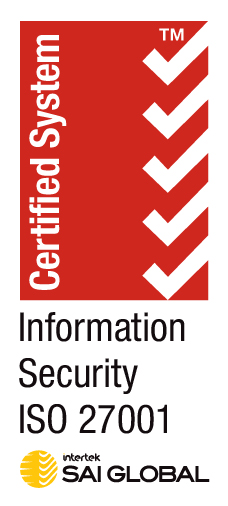Your vision,
our expertise
Discover new boundaries
Software modernisation can be tricky.
We make it a whole lot
easier, less risky
and more fun .
Scroll for more
The Human Touch Enabling Automation
Locally employed and highly skilled cross-functional squads that deliver your solution.
PeopleContinously Modernise at Scale
Jidoka, a software methodology that increases project quality and momentum through the use of models and pipelines.
ProcessTechnology for Software Modernisation
A platform engineering tool that modernises enterprise software delivery for digital transformation and legacy systems.
ToolsAwards






How can we help?
Book an online 30 minute 1-to-1 chat with one of our C-suite. We promise confidentiality, transparency and only continuing with mutual consent. Book a chat

Proven Legacy Software Modernisation
View more
Insights?
Discover our academic publications and access our public guides. Publications





























